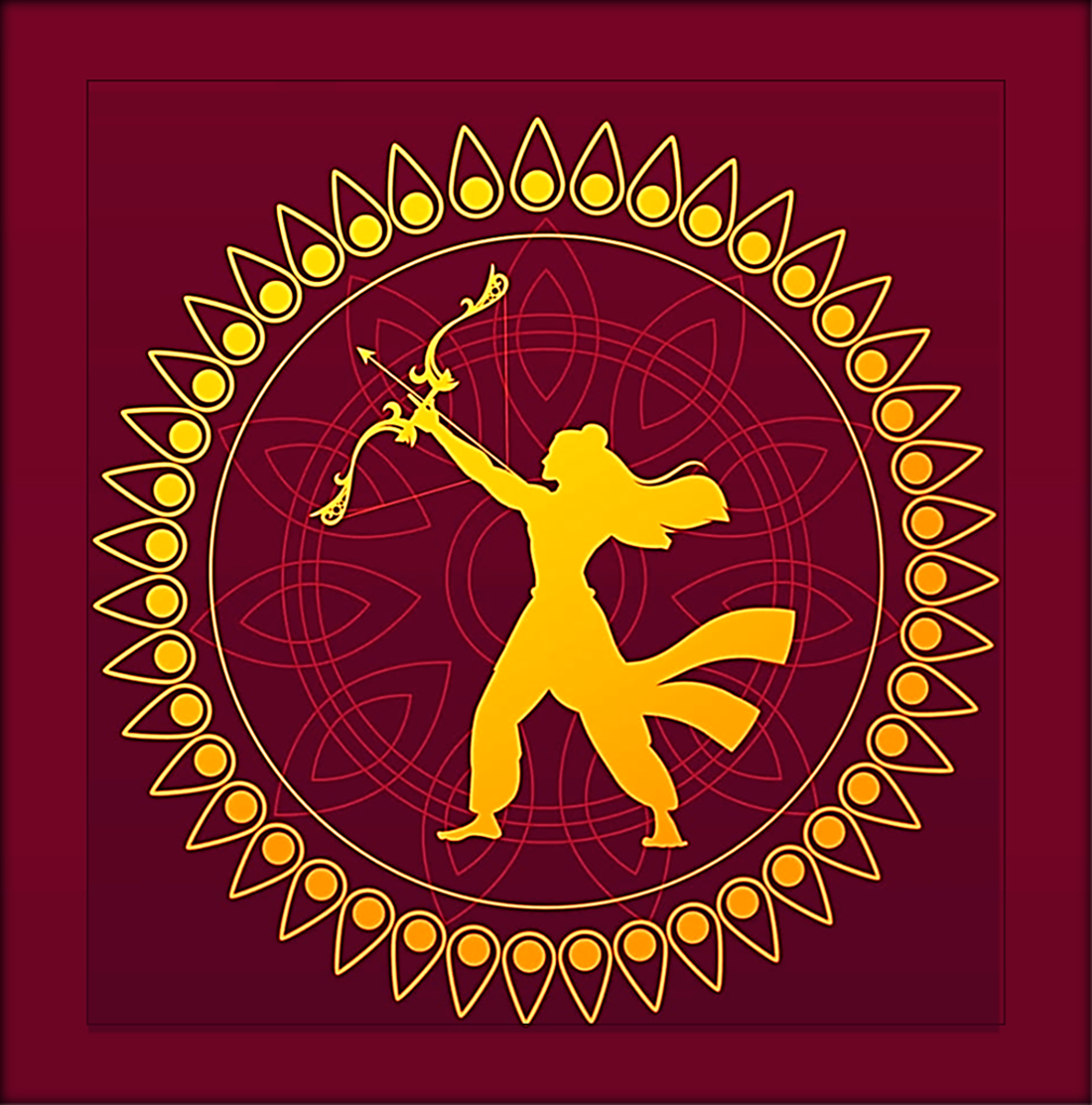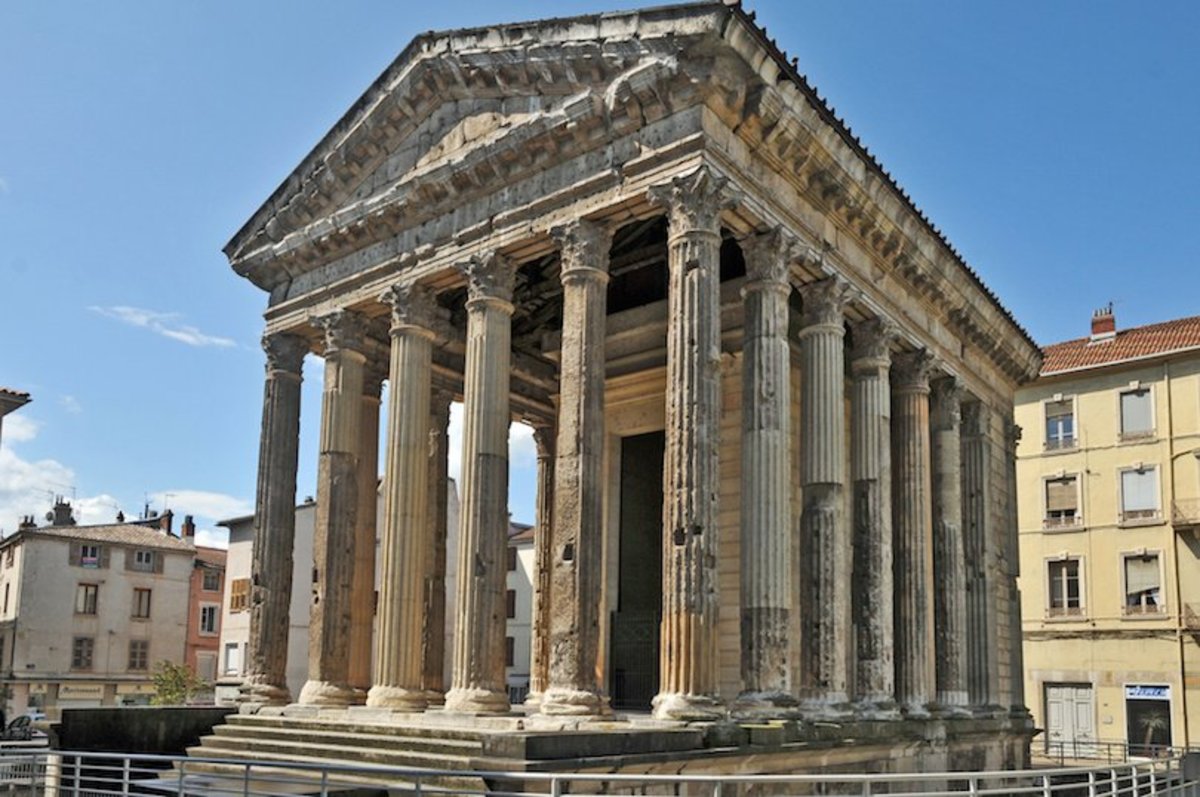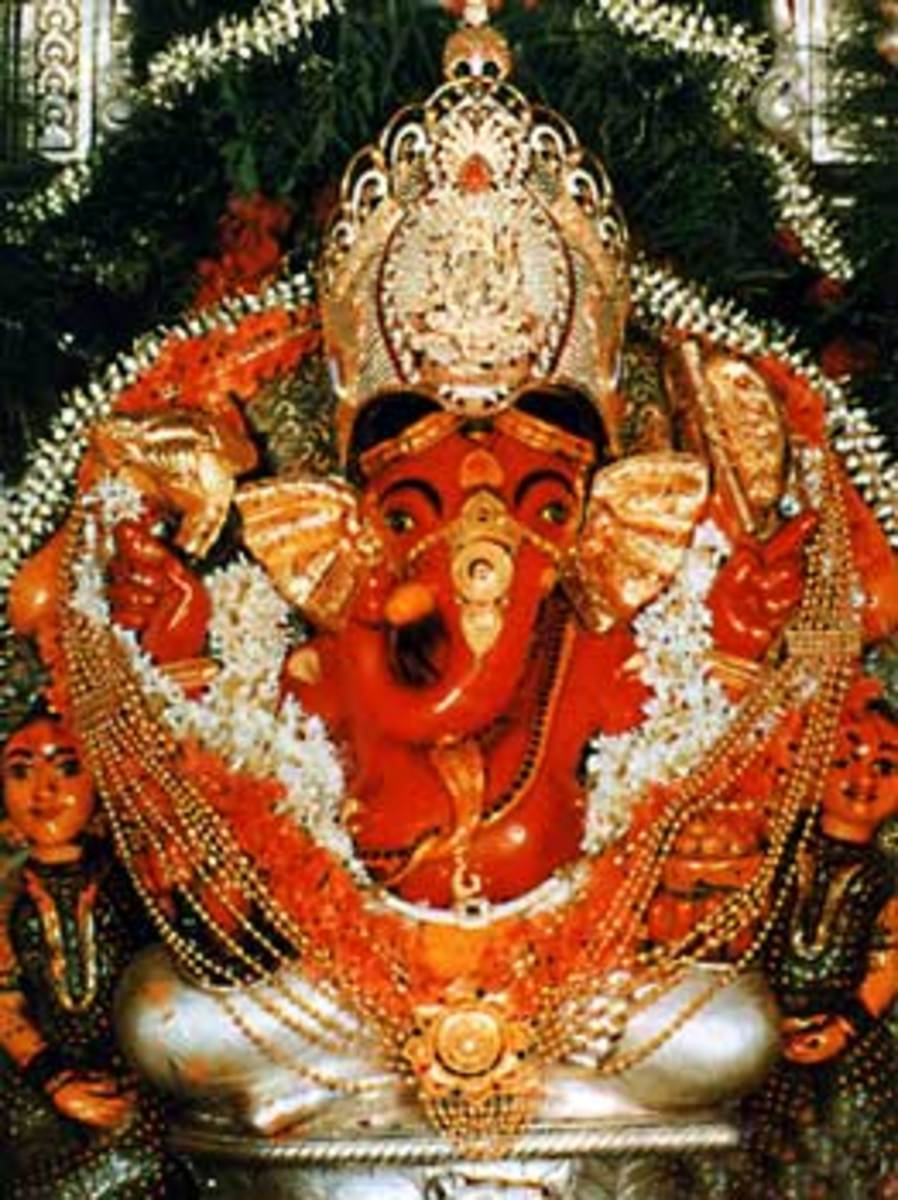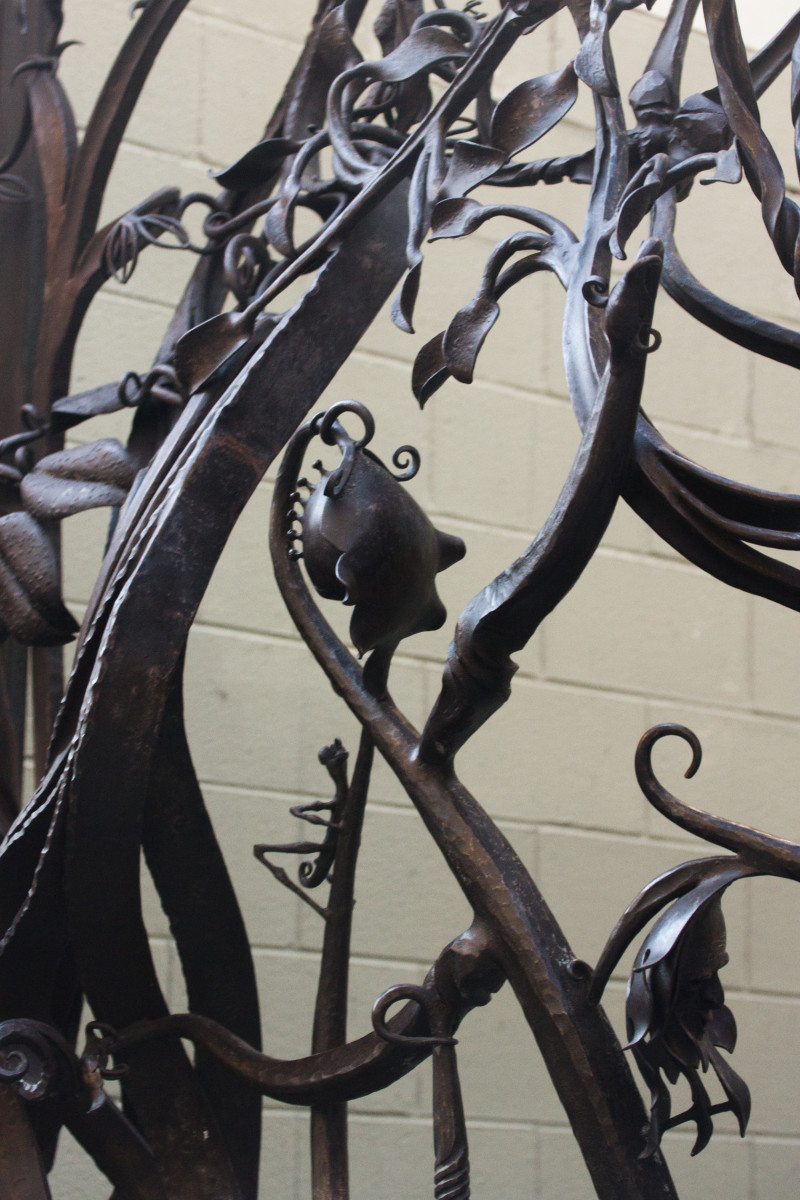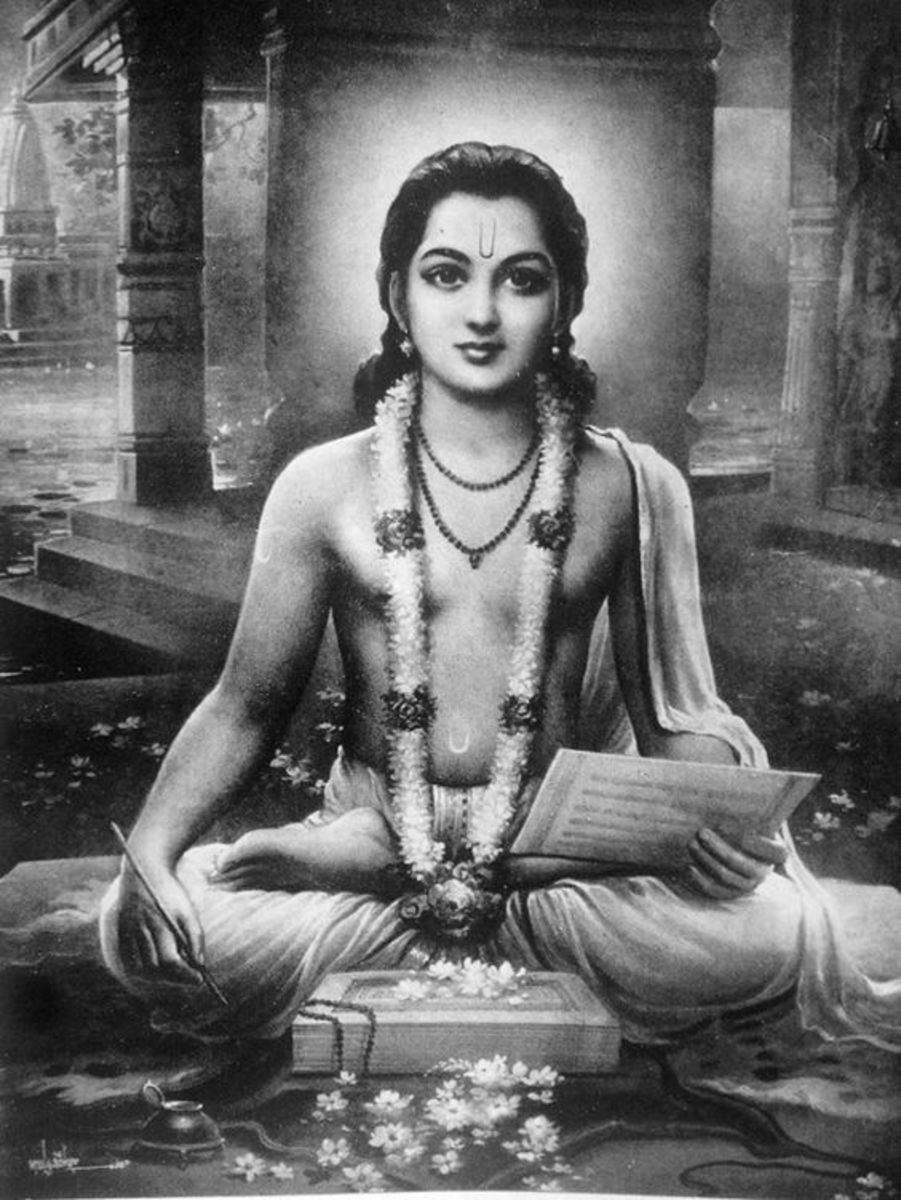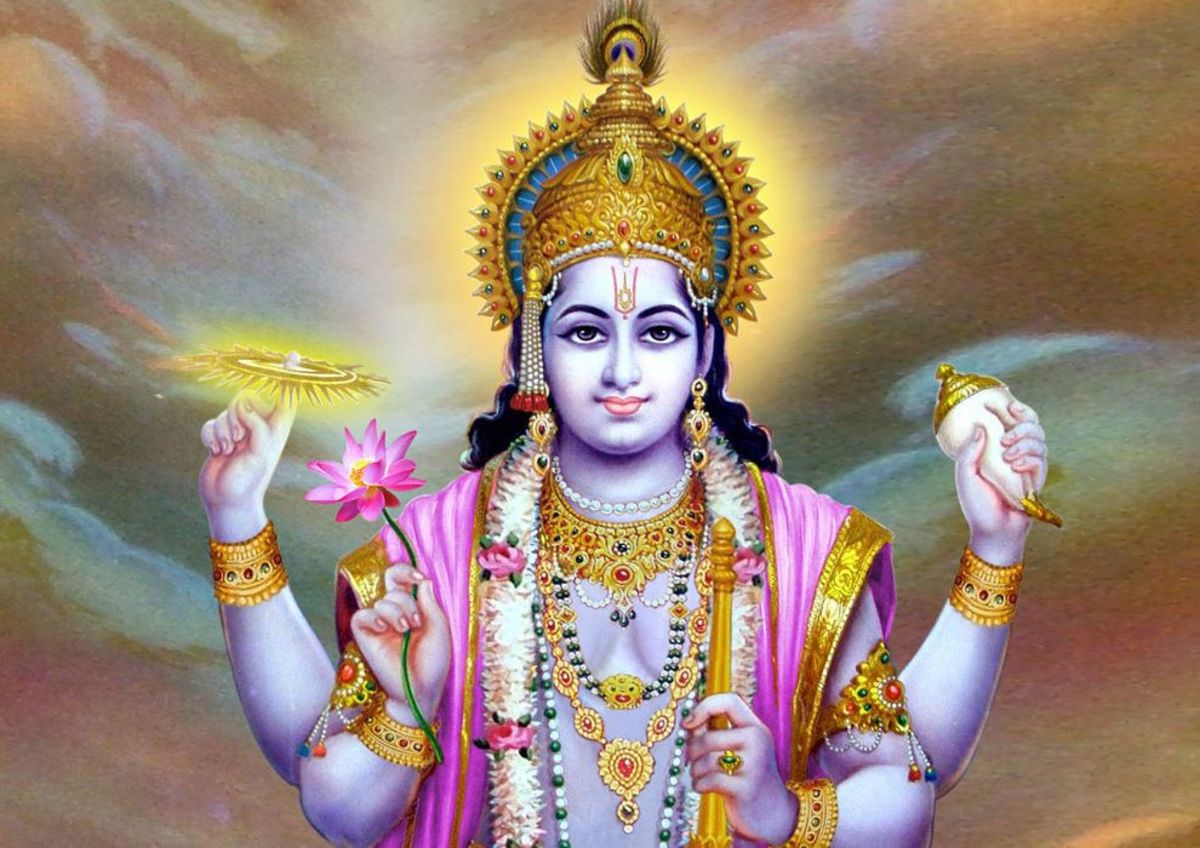Hindu Temple in Punjab Province of Pakistan
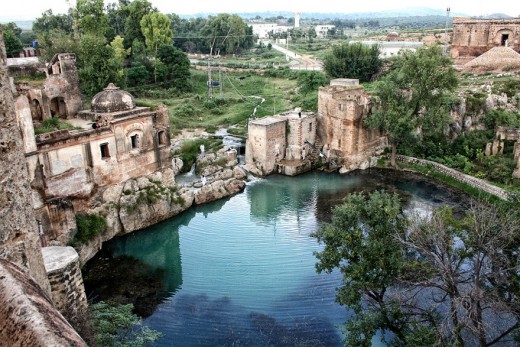
Introduction
Pakistan is the obverse of India, and both nations have common roots. Before partition, a sizable number of Hindus lived in Pakistan. Census figures show that the population of Hindus in Pakistan was 30%. Systematic persecution has led to mass emigration, and now the population is just about 2%.
Hindus, who have lived in Pakistan for centuries, have a rich cultural heritage of temples and holy places. Unfortunately, many great Hindu temples went into decay, and many were razed to the ground by the Muslim government. There is, however, a change, and a temple at Katasraj has been repaired, though much more needs to be done.
ZA Bhutto framed a constitution in 1972, which protected minorities. Unfortunately, Bhutto was hanged by Zia ul Haq, but the constitution survived.
The Katasraj Temple in the Chakwal district of Punjab has been renovated in 2005 by the Pakistan government for 51.06 million rupees. This temple dates back to the Mahabharata era and is close to 4000 years old.
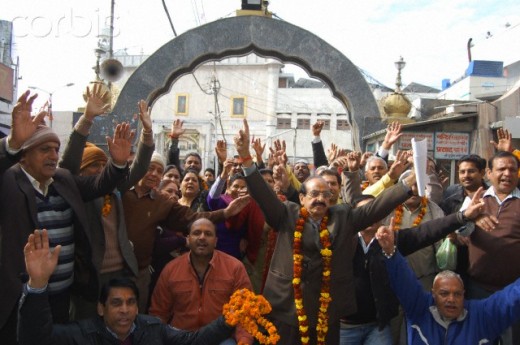
Legends and the Temple Now
The temple traces its ancestry to ancient times. Research shows that the temple is at least 4000 years old. The temple has a sacred pond that is supposed to have been created when the supreme Hindu God Shiva’s wife Sati, died; he cried profusely. Tears from his eyes fell on the earth, and two ponds were formed. One of the ponds was formed at Chakwal, and the second at Pushkar in Rajasthan, India. Legend also relates that the Pandavas spent 4 years of their exile of 14 years at this place. Yudhishtra, the eldest brother of the Pandavas, fought the Yakshas at this pond. The temple and pond are thus very Holy for Hindus, and the Pakistani government decided to renovate the temple complex.
The pond by itself is a beauty and its water is considered sacred by Hindus. Pilgrims take a dip in the pond to cleanse them of their ills and misdeeds.
The Katasraj temples are a set of 7 temples. Most of them are of recent construction, but excavations have revealed swords and axes that are similar to the Harappa civilization, and this points to the origin of the temples around 4000-5000 BC. These are some of the oldest Hindu temples in the world. After1947, the temples went into a dilapidated condition for lack of repairs.
The temples for a long period after 1947 were not repaired. In 2005, the Pakistan government woke up to its potential as a tourist site and repair of the temples was sanctioned. There was also a demand from Hindus to repair the temple complex.
The wheels for repair were set in motion, and some portions of the temples have been restored, but much more remains to be done. There is a possibility that the temple could be declared a world heritage site, but many die-hard Islamic followers oppose this.
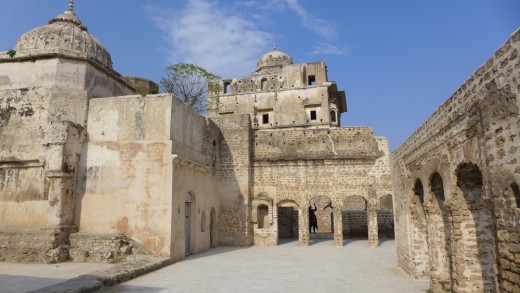
Problems and Temple
As already mentioned, the beauty of this Shiva temple is the pond. This is a clean and clear oasis. The pond draws its water from the ground and is a god given gift. But in 2012, the Hindu Council of Pakistan observed that the level in the pool has gone down. A study revealed that this was due to some cement factories that have come up in this area. These factories have been using the groundwater, and as such, the level in the pond is going down. The matter has been referred to the Pakistan Government. The Hindu Council has filed a case in court, and the matter is pending.
Last word
This temple complex is maintained by the Pakistan government, a Muslim state. This is in sharp contrast to some other Muslim countries, which do not allow temples and churches to exist and usually raze them to the ground. The repair of the temple, which was also visited by LK Advani, the Indian Deputy Prime Minister, is a positive step. It shows that, unlike other extremist Muslim organizations, Pakistan does give a glimmer of hope
© 2016 MG Singh emge



